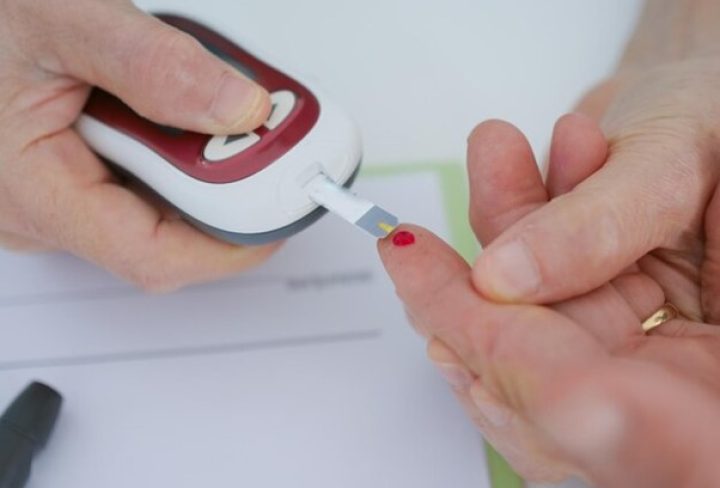The Oral Glucose Tolerance Test (OGTT) is a diagnostic procedure used to assess how your body regulates blood sugar levels over time. It’s commonly used to diagnose diabetes and gestational diabetes, as well as to monitor blood sugar levels in individuals with insulin resistance or other metabolic disorders. Understanding the OGTT procedure and its implications is essential for maintaining optimal health.
The OGTT Procedure
During an OGTT, you’ll be asked to fast overnight for at least 8 hours before the test. Upon arrival at the healthcare facility, a baseline blood sample will be taken to measure your fasting blood sugar level. Next, you’ll be given a glucose solution to drink, typically containing 75 grams of glucose dissolved in water. Over the next two hours, several blood samples will be taken at regular intervals to measure how your body metabolizes glucose. These blood samples will help healthcare providers assess your body’s ability to regulate blood sugar levels effectively.
Interpreting OGTT Results
Interpreting OGTT results involves comparing your blood sugar levels at different time points with established reference ranges. Here’s what the results may indicate:
- Normal: If your blood sugar levels remain within the normal range throughout the test, it suggests that your body can efficiently process glucose, and you’re unlikely to have diabetes or impaired glucose tolerance.
- Impaired Glucose Tolerance (IGT): Elevated blood sugar levels at two hours after consuming the glucose solution may indicate impaired glucose tolerance. While not indicative of diabetes, IGT increases the risk of developing diabetes in the future.
- Diabetes: A diagnosis of diabetes is typically made if your blood sugar levels exceed certain thresholds at multiple time points during the OGTT. This indicates that your body is unable to regulate blood sugar levels adequately, leading to hyperglycemia.
Uses of the OGTT
- Diabetes Diagnosis: The OGTT is commonly used to diagnose diabetes, especially in cases where other screening tests yield inconclusive results.
- Gestational Diabetes Screening: Pregnant individuals may undergo an OGTT to screen for gestational diabetes, a temporary form of diabetes that develops during pregnancy.
- Assessing Insulin Resistance: The OGTT can also help assess insulin resistance, a condition where cells become less responsive to insulin, leading to elevated blood sugar levels.
- Research and Monitoring: In addition to diagnostic purposes, the OGTT is used in research studies and clinical trials to evaluate the effectiveness of interventions for diabetes prevention and management.
Preparation and Considerations
Before undergoing an OGTT, it’s essential to follow any fasting instructions provided by your healthcare provider. Inform your healthcare team about any medications you’re taking, as certain medications may interfere with the test results. During the test, you may experience symptoms like nausea, dizziness, or sweating, especially after consuming the glucose solution. These symptoms are usually temporary and resolve once the test is complete.
The Oral Glucose Tolerance Test (OGTT) provides valuable insights into how your body metabolizes glucose and helps diagnose diabetes, gestational diabetes, and insulin resistance.
By understanding the procedure and its implications, you can take proactive steps to manage your blood sugar levels and maintain optimal health.

